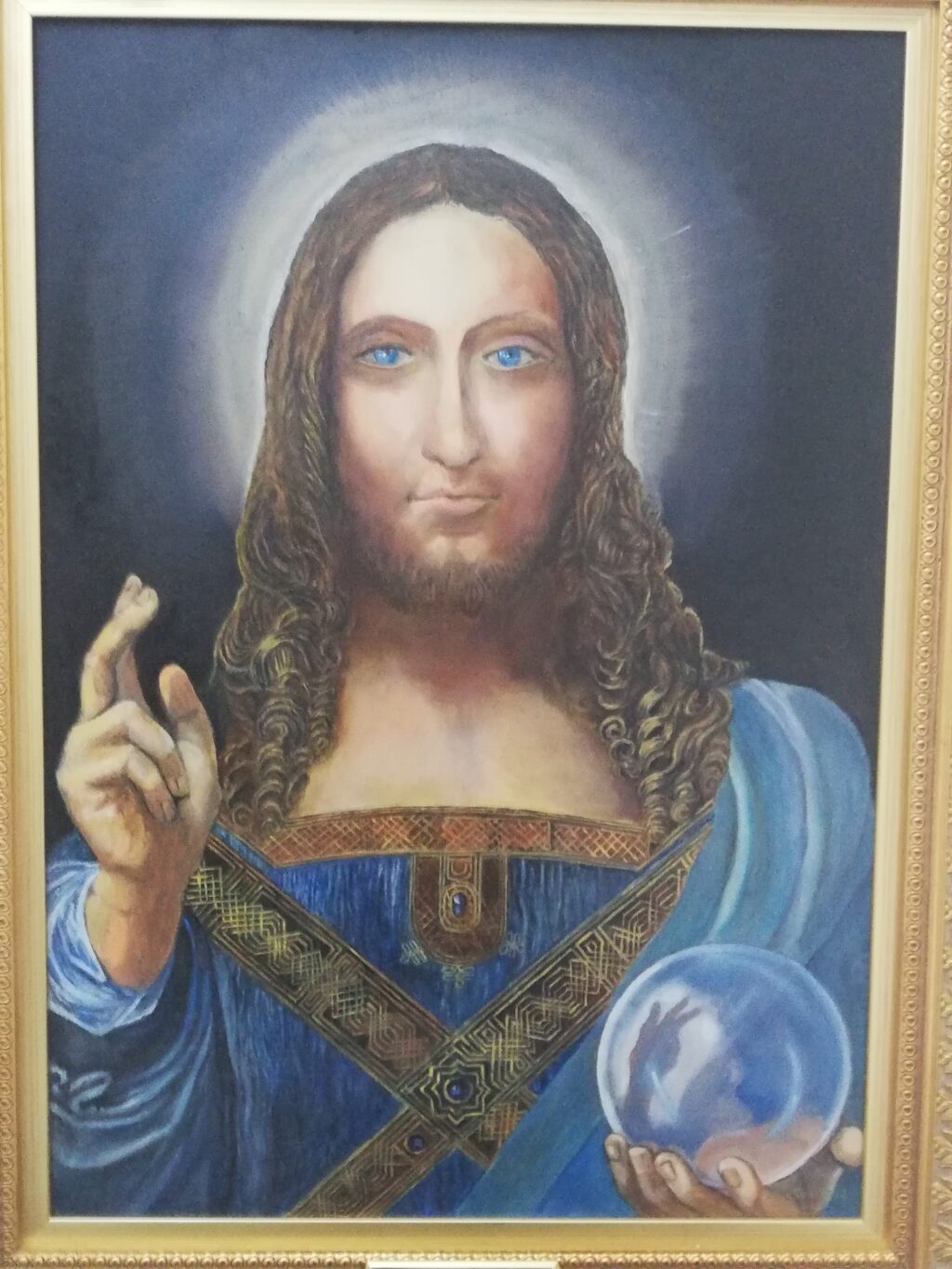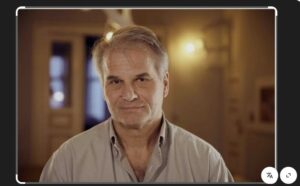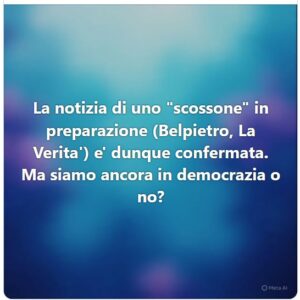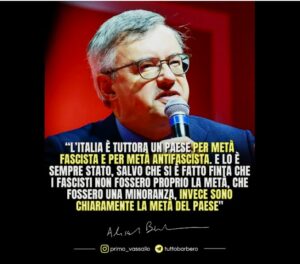
Painting representing a “corrected” reproduction of Salvator Mundi by L. da Vinci (1505-1515) (see CORREZIONI AL QUADRO DI LEONARDO DA VINCI “SALVATOR MUNDI”, https://www.revelationvirgo.org/2024/01/08/correzioni-al-quadro-di-leonardo-da-vinci-saltator-mundi/)
PREMISE: THE STARTING POINT
It should not be difficult, and indeed even natural, for a contemporary Jew (particularly a rabbinical Jew who believes in the Talmud) to become Catholic. In fact, his knowledge of the OT (the Jewish Tanakh) and particularly Isaiah’s prophecies about the Biblical Messiah should help him in this endeavour. However, a careful study of the New Testament should be added. The conversion path to be followed would be almost inevitable. Probably similar to that of Rabbi Eugenio Zolli (Ysrael Zolli), former Chief Rabbi in Trieste (1918-1938) and then become Chief Rabbi in Rome (1938-1944). Conversion which is told in the beautiful book by Judith Cabaud (also a convert from Judaism) entitled “The Rabbi who surrendered to Christ” (S. Paolo, 2000, 2012 edition).
Zolli, a Jew born in Brodi in 1881 (at the time Poland and now present-day Ukraine), initially moved to Vienna in 1904 to study at the University of Vienna. However, after six months, due to the anti-Jewish persecutions emerging at that time in the capital of the Austrian Empire, Vienna, he decided to continue his Jewish studies in Florence, Italy at the Institute of Higher Studies and at the same time at the Rabbinical College directed by S.H. Margulier. Furthermore, he soon found himself questioning the Talmudic doctrine based on the logical principles of Maimonides. However, he managed to successfully complete his rabbinical studies (1913).
The same year he finally arrived in Trieste, where as vice-rabbi he experienced the First World War as a sympathizer of the Italian cause (because probably Italians seemed to him much more friendly to Jewish foreigners than Austrians).
In 1918, on the recommendation of the new Commissioner of the Italian Government, he was appointed Chief Rabbi of Trieste.
From this moment on he also became a professor of Semitic languages and Judaism at the University of Padua. While starting a systematic study of the New Testament, examining the Gospels from the point of view of Jewish-Semitic exegesis. His is the ponderous work “Il Nazareno” (1938) in which he illustrates the results of his linguistic and etymological study.
RABBI ZOLLI’S EXTRAORDINARY THESES
In his book he illustrates a series of extraordinary elements that already reveal his nascent faith in Jesus:
1) the gospels were written by people who spoke Aramaic (an element he deduces from the particular construction of the sentences); moreover, the Gospel of St. John, like the Apocalypse, is written in refined Greek (1);
2) according to Rabbi Zolli, the concordance between the story of the Passion in the Gospels and “The Suffering Servant” of Isaiah (therein also called “the sprout of Jesse”), described eight centuries before its occurrence, leaves no doubt about the identity of Him who was to come and the fulfillment of the Promises:
-“Despised, man of sorrows who knows suffering well [..]”;
– “We [Jews] had no respect for him. Yet he took on our sufferings, he took on our pains […]”;
-“He was pierced for our crimes [..]”;
-“By his wounds, we have been healed.”
3) For Zolli, the identification of the “Suffering Servant” with Jesus Christ no longer raises any doubts.
4) As well as his divine filiation. According to the Rabbi, this is evident from what he defines with the Greek term exousia (ἐξουσία), or the divine power shared with God the Father. This power was necessary to perform miracles, forgive sins, make Jesus the Master of the Sabbath, the person of absolute authority capable of indicating the new commandment of love up to the sacrifice of life.
5) Regarding the book of Isaiah, according to Zolli, two interpretations have been advanced over the centuries by rabbinical studies: according to the first one, the figure of the “Servant of God” was interpreted in a collective sense, identifying him with all of Israel. He was later interpreted as the Messiah, God-made-man. In both cases, observes Zolli, all scholars agree on one point: “the essence of Isaiah’s prophecy concerns the redemptive power of suffering, a fundamental doctrine for the history of humanity.”
6) the name “Nazarene” attributed to Jesus and that of “Nazarenes” for the first Christians would not be associated with Nazareth, the place of birth of Jesus, but with the Aramaic term “neser” or “nazareus” which means precisely “sprout” (alluding to the “sprout of Jesse” cited by Isaiah);
7) Jesus refers himself very frequently in his own speech to the prophets of the Old Testament. Furthermore, his commandment of love differs radically from the similar biblical precept (2).
All of this came for the Rabbi Zolli to an almost inevitable end: his conversion to Christian faith. But this occurred for a very special reason. The actual cause was, in fact, the miracolous vision of Jesus he had while praying in the Synagouge for the festivity of the Yom Kippur (September 21, 1944).
As a result he decided to leave immediately his position of Chief Rabbi and convert to Christian faith together with his wife (their daughter converted a couple of years later). His and his wife Baptism occurred in March 1945 and was imparted to them by Pope Pius XII himself. He took the Christian name of Eugenio (the same Baptism name of Pope Pacelli), while his wife that of Maria. Probably the reason was his gratitude to Pius XII for his great support given to the survival of the Jewish community in Rome and Italy. Support of which he was personally well aware. In particular, because in 1943 he had desperately asked himself the help of Pius 12th to lend him and the Rome Jewish Community 15 Kg of gold, enough to reach the 50 Kg of gold requested by the chief of SS in Rome to spare the Jewish community to be sent at once to the extermination camps in Germany! Also after his conversion, Pope Pius 12th acknowledged Rabbi Zolli conversion by awarding him a professorship at the Biblical Pontificial Institute.
The conversion event had, at the time, a considerable public impact and, in the subsequent years, caused an incredible outcry by the Roman Jewish Community and international Jewish organizations as well. To the point that Eugenio Zolli was from that moment ostracized by the entire Italian Jewish community (from that moment he could only publish abroad and in English).
A further consequence of Rabbi Zolli’s conversion is probably the document Nostra Aetate, issued by Pope Paulus the 6th in 1965 as apart of the 2nd Vatican Council. As a result, trying to stop all Jewish conversions, the Church mission of evangelization toward the Jews was abolished altogether (3).
Nevertheless, rather surprisingly, the attitude of the Jewish Community, particularly the Italian one, has remained very critical toward the Catholic Faith. In this reference it is useful to mention the recent statement by the current Rome Chief Rabbi, RAV Riccardo Segni (4).
In the present document, however, we state that- on the contrary – the connection between Biblical Judaism and Christian faith is such that the Catholic conversion of Jewish people remains a concrete and natural possibility.
But why is conversion from Judaism so natural that it seems almost inevitable?
THE CATHOLIC FAITH IS NOT A RELIGION
The Catholic faith is by definition (due to the same etymological meaning of the word “Catholic”) universal. In fact it is not a religion (i.e. a belief) at all.
This is because, unlike any other religion – including biblical Judaism – it is based on divine revelation by God himself, incarnated in Jesus Christ, the Messiah. Divine revelation, which – mind you – being brought by God himself is the only one possible. In fact, the transcendent and God himself would not otherwise be directly accessible to the human mind. However, this is the same biblical Messiah, literally “the anointed of the Lord”, the savior promised to the Jewish people to give life to the new covenant with God and begin the kingdom of God – the kingdom of justice and love in the presence of God – until the end of the world. This means that the Catholic faith has as its starting point, and necessary prerequisite, the same faith as biblical Judaism!
HOW TO ACQUIRE THE CATHOLIC FAITH
For this reason, and to be able to reach the Catholic faith, two further essential prerequisites are respectively the following ones:
– to learn the prophecies about the Messiah (in total more than 330 prophecies) contained in the Old Testament, the Pentateuch or the Torah of the Jews, with the five books of Genesis, Exodus, Leviticus, Numbers and Deuteronomy.
– to learn the Gospel, literally “the good news”, or “the good news” revealed by Jesus Christ (contained in the New Testament, composed of 27 writings and made up of the four canonical Gospels of Matthew, Mark, Luke, John, the Acts of the Apostles, the Thirteen Letters of Saint Paul, the Letter to the Hebrews, seven letters called “Catholic Epistles” and the Apocalypse).
___________________________________


